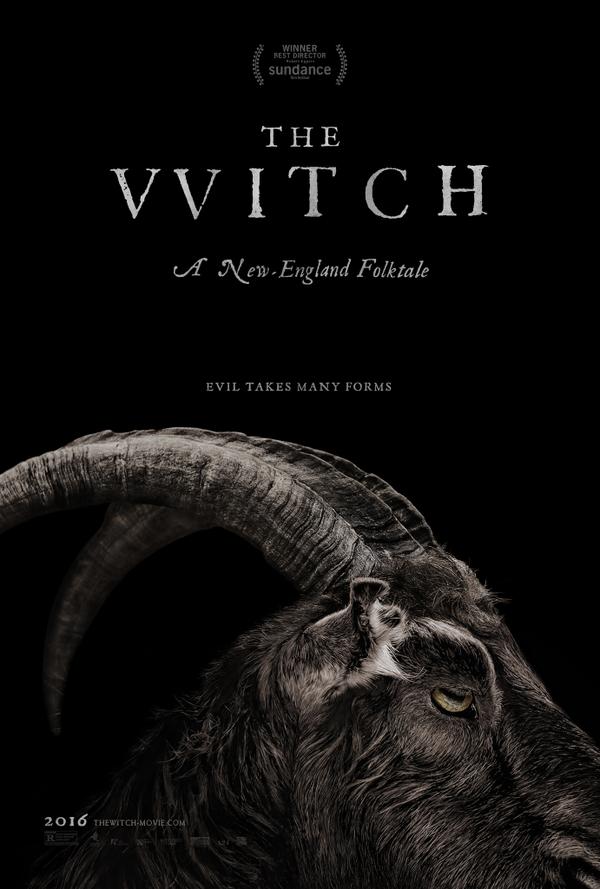
Look, the woods are scary. Now I’ll admit that this opinion is a bit simplistic, but as a resident of New Jersey, I’ve grown up with a fair amount of exposure to the outdoors and the creepy hellmouth that is the Pine Barrens. As a guy that doesn’t really put a whole lot of stock into the supernatural, even I have to admit that place has some unexplainable weird shit going on in it. Watching THE WITCH, the Pines were my main point of reference for the vast forest that the family at the core of the film find themselves in, and in some of the many landscape shots showing the periphery of those woods, your mind can’t help but wonder what kind of horror exists between the trees. However, while writer-director Robert Eggers is more than capable of layering his film with horror just outside the frame, he’s not interested in ambiguity with this tale. The flick’s called THE WITCH after all, and that’s exactly what is delivered.
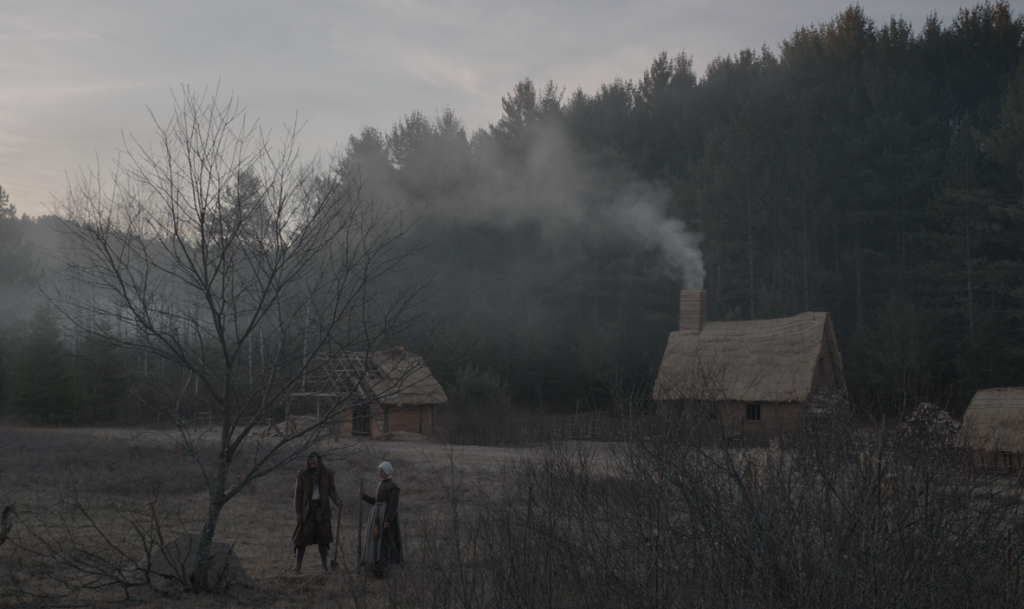
THE WITCH is set in mid-1600s New England and it focuses on a family who, after Patriarch William (Ralph Ineson) refuses to adhere to what he perceives as an increasingly lax following of the Christian teachings in the settlement his family calls home, and decides to take their chances homesteading in the wild outskirts of the land. Along with his wife Katherine (Kate Dickie), eldest daughter Thomasin (Anya Taylor-Joy), son Caleb (Harvey Scrimshaw), and young twins Jonas and Mercy (Lucas Dawson and Ellie Grainger), they begin to create a home but when their newborn daughter and sister is taken on the outskirts of the woods under Thomasin’s watch, the family begins to realize they have inadvertently set down stakes in the hunting ground of a creature that will tear at their faith and familial bond in the coming days.
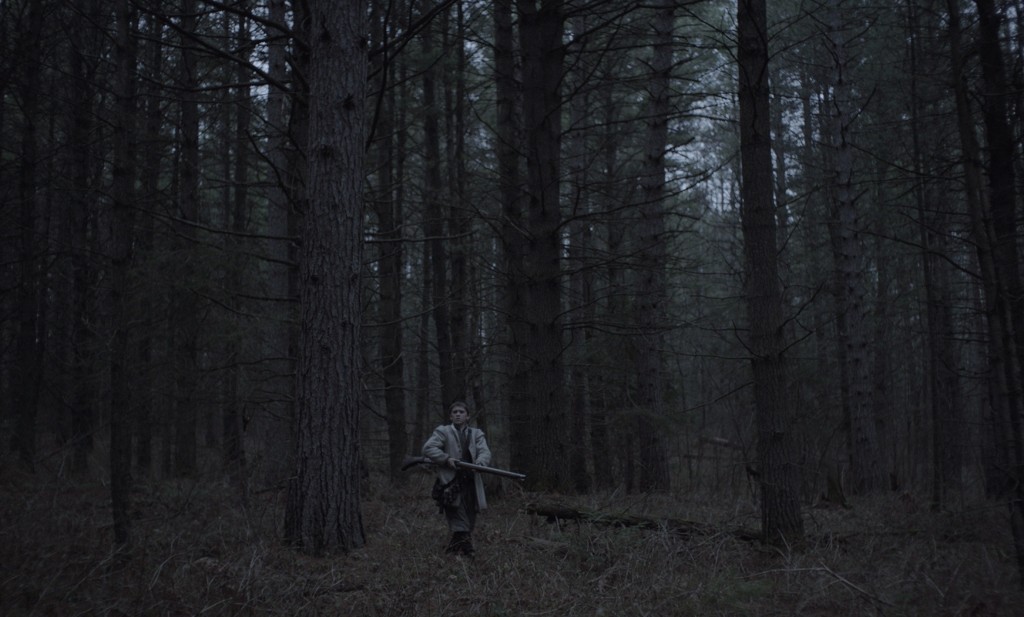
So much of what works about THE WITCH comes down to how authentic it feels. Eggers got his start working in various production capacities on other films, so the world he creates doesn’t feel so much real as it feels like Eggers somehow managed to send a camera back to the 1600s. From the clothes, to the family cabin, to the tools they use everything is so meticulously constructed (in the Q&A after our screening, Eggers went into his research a little bit, the breadth of which is astonishing) that you can practically see the rough textures that feel completely otherworldly, compared to the smoothed-over edges of the modern world.
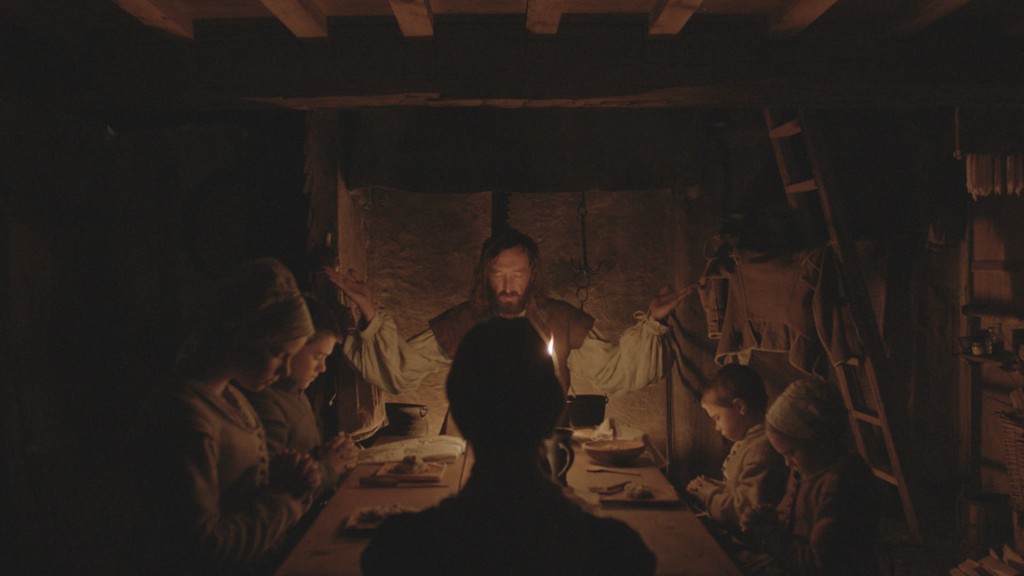
It’s also nice that THE WITCH has an actual witch in it. Which is refreshing, because it would have been very easy to have THE WITCH waste time with the whole “Is it a witch or is it all in the characters’ minds?” nonsense, but nope. Witch. Big nose, broom, and baby blood. The whole nine yards. However, just because there’s actually a witch, doesn’t mean it’s ever over-used. Full-on shots of it are sparse, although Eggers is clever enough and competent enough with the atmosphere of fear he creates that the witch, and its master, invade every frame.
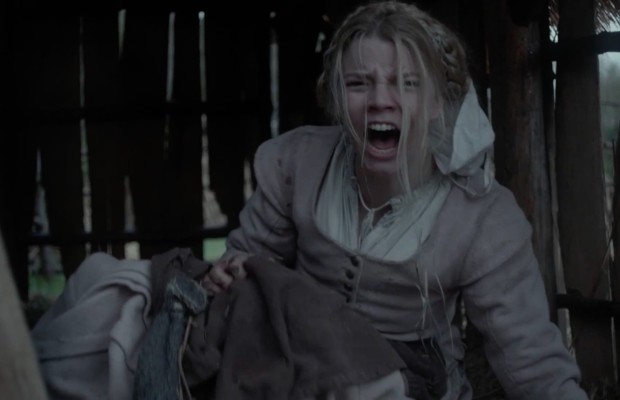
Of course none of this really matters without characters you care about, which is the second most impressive thing about THE WITCH, because as adept as Eggers is on the technical side of things, he also knows how to utilize his actors (child actors even!) perfectly. The character I find most fascinating is Ralph Ineson’s William, as I’m sure that given the time period and the religious undercurrent, it would have been very easy to make him the bad guy, another sadistic holy-roller in a long line of similar characters, but William is actually incredibly sympathetic. Old-school Christian in that he is he’s also a caring husband and father who Ineson imbues with a gruff nobility who you cant help but like a little bit, even when his own arrogance at his perceived dominance of the untamed wilderness, he’s parked himself and his family in is the impetus of their doom, his eventual realization of his mistake in that belief becomes that much more heartbreaking. Ultimately this isn’t William’s story though — that falls to Anya Taylor-Joy’s Thomasin, and to a lesser but no less important extent, Harvey Scrimshaw’s Caleb. They act as the film’s point-of-view characters, both of which on the cusp of adulthood when they are yanked from their community by their father, and made to live on the land. Their story is in its own way THE WITCH’s take on a coming-of-age tale, with Caleb entering puberty he finds himself with no other girls around him except for people he’s related to, which puts a strain on the values imbued by his father who he is eager to please. This mixture of pent-up sexuality and good old-fashioned religious shame makes Caleb an easy mark for the dark forces surrounding his family.
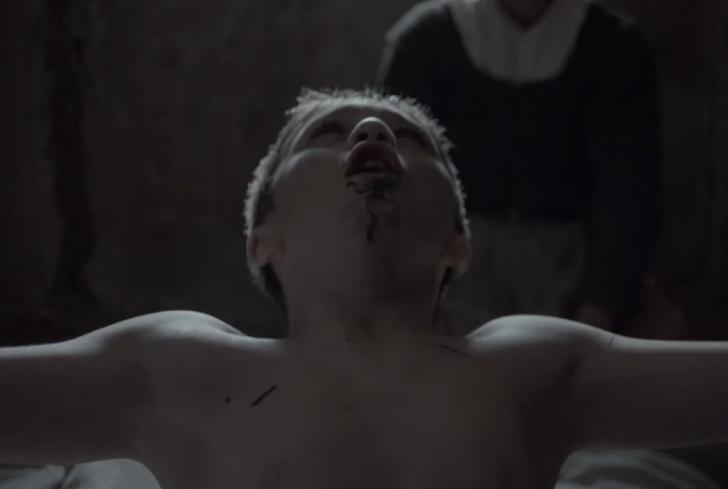
Anya Taylor-Joy, though, is even more impressive, as she makes Thomasin practically a revolutionary character, simply by making her a regular teenage girl who just happens to be stuck in the woods next to a witch. Losing her infant sibling is what sets off the entire movie, and throughout the rest, Thomasin finds herself being the epicenter of the family’s guilt, and while trying to move past it, she’s the one who has the most to lose from failing to conquer the wild next to her father. As the movie progresses, mistakes she made and lies she told come back to haunt her, possibly causing even more damage than the supernatural elements that spurned her to make them in the first place did. Taylor-Joy has a real screen presence here, and as the film builds to its final moments of madness, she brings a subtle magnetism that makes it impossible to look away from a tragedy of Shakespearean proportions.
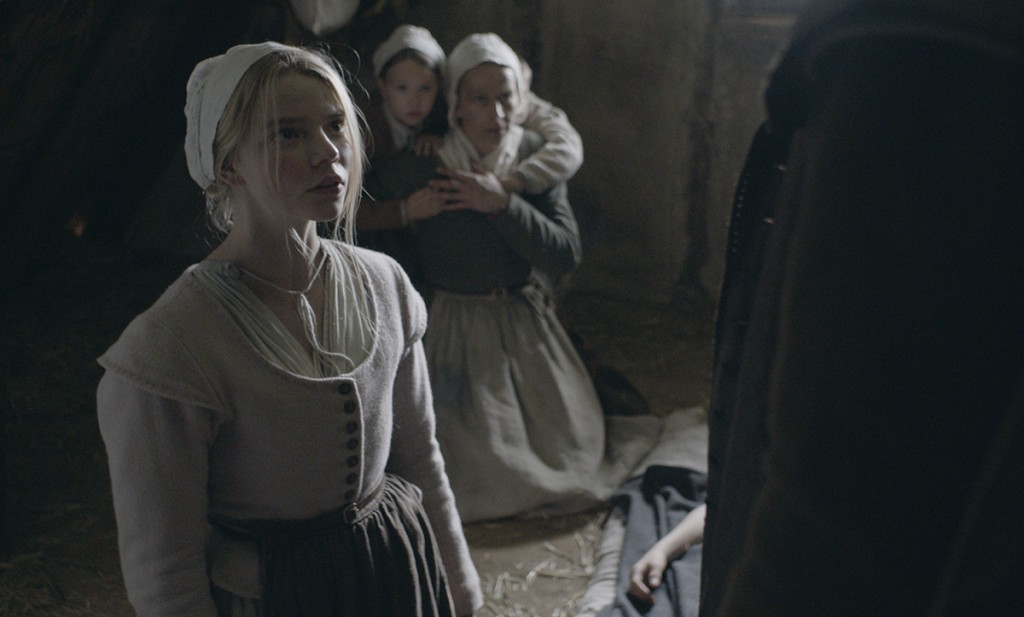
If there’s a complaint to be had, and I heard some real dumb ones waiting in various lines throughout my week at the festival, it’s that the film is kind of a slow burn. Like I said earlier, THE WITCH utilizes its witchiness sparingly, which makes this more of a character study of a family caught in impossible circumstances than a straight horror movie, which could turn some people off. But as my gushing praise hopefully just convinced you, this film offers plenty more than an old hag riding around on a broomstick if you give it the chance. THE WITCH is a haunting visual experience, and despite its subject matter being literally hundreds of years old, it feels fresh and exciting, and I wouldn’t be surprised if we’re talking about it for years to come.
______________________________
Patrick Smith has written for publications such as Spandexless and Paracinema magazine. He lives in New Jersey with his extensive collection of T-shirts.
Tags: Anya Taylor-Joy, Canada, Ellie Grainger, Goats, Harvey Scrimshaw, Horror, Kate Dickie, Lucas Dawson, Ralph Ineson, Robert Eggers, Screenings, The Woods, Toronto, Witches

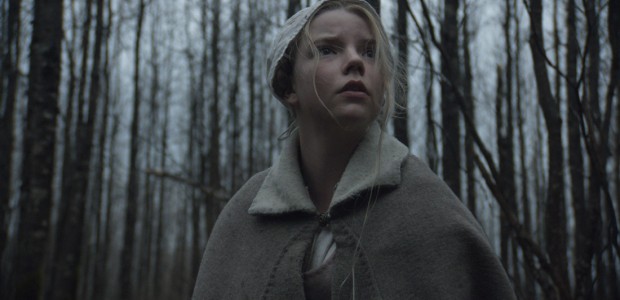
No Comments